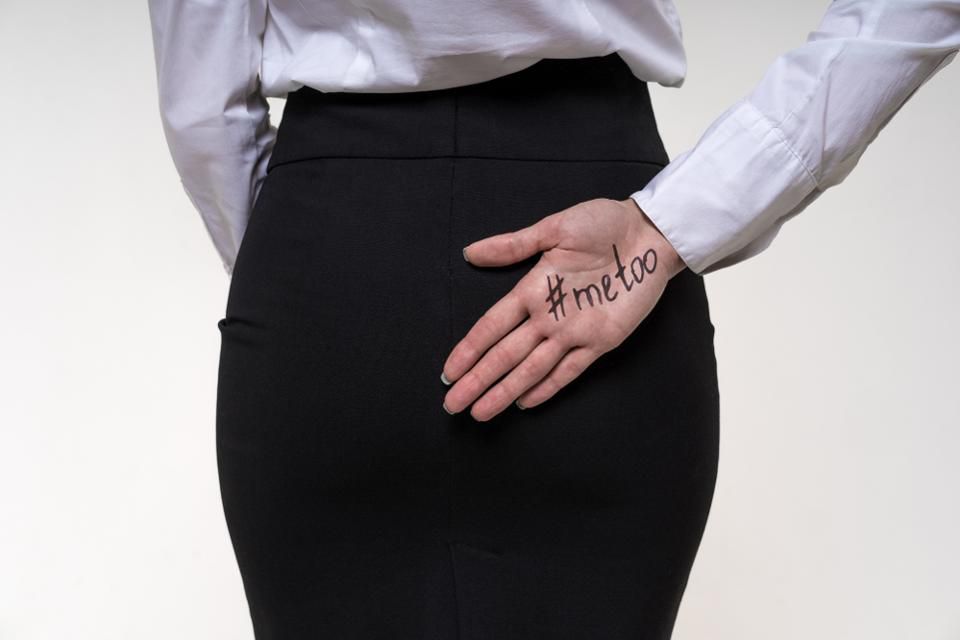Over the course of my corporate career, my stories of sexual harassment are too numerous to share. They span from overt sexual invitations to off color comments. In the beginning of my career especially, there wasn’t a day that I didn’t hear inappropriate remarks, innuendos and jokes, even if they weren’t always directed at me. That was the workplace culture in the 90’s. People thought it funny, and it was tolerated …. until it wasn’t.

As we became more empowered post #MeToo, we started to stand up for ourselves and demand the respect we deserve. The #MeToo movement emboldened us to speak up, defend ourselves and fight back. We banded together.
But the culture is shifting again. Can we talk about men throwing green dildos on the court of a WNBA game? The obvious truth is that sexual harassment isn’t a relic of the past, it has barely shifted. To the contrary, it’s alive, insidious, and still costing women safety, dignity, and opportunities in 2025. And the dismantling of corporate Diversity, Equity, and Inclusion (DEI) programs threatens to make workplaces less safe for women and other marginalized employees.
This isn’t just about one or two “bad apples.” It’s about systems that fail to prevent harassment, fail to protect victims, and often punish those who speak up.
So, what does sexual harassment look like today? How has the retreat from DEI programs affected it? And if you find yourself targeted, how can you respond without sacrificing your career?
What sexual harassment looks like today
Recent research paints a sobering picture:
- 75–81% of women experience sexual harassment at some point in their careers.
- The most common form is verbal harassment—offensive jokes, comments, or sexual remarks—reported by roughly 80% of victims.
- Physical harassment—unwanted touching, groping, or physical intimidation—still affects 23–35% of women.
- Power plays are common: About 70% of incidents involve someone in a supervisory position, and over 50% involve peers.
Marginalized women are at even greater risk:
- Women of color report rates as high as 84%.
- Transgender employees face extreme vulnerability, with 42% reporting harassment at work in recent years.
Harassment isn’t just “big, obvious” incidents. It often appears as:
- Offhand comments about appearance or clothing.
- Repeated unwanted compliments.
- “Accidental” touches that happen too often to be accidents.
- Social or professional invitations with sexual undertones.
- Spreading rumors about someone’s sexual activity or relationships.
Read the full article on Substack.com
Recent Comments